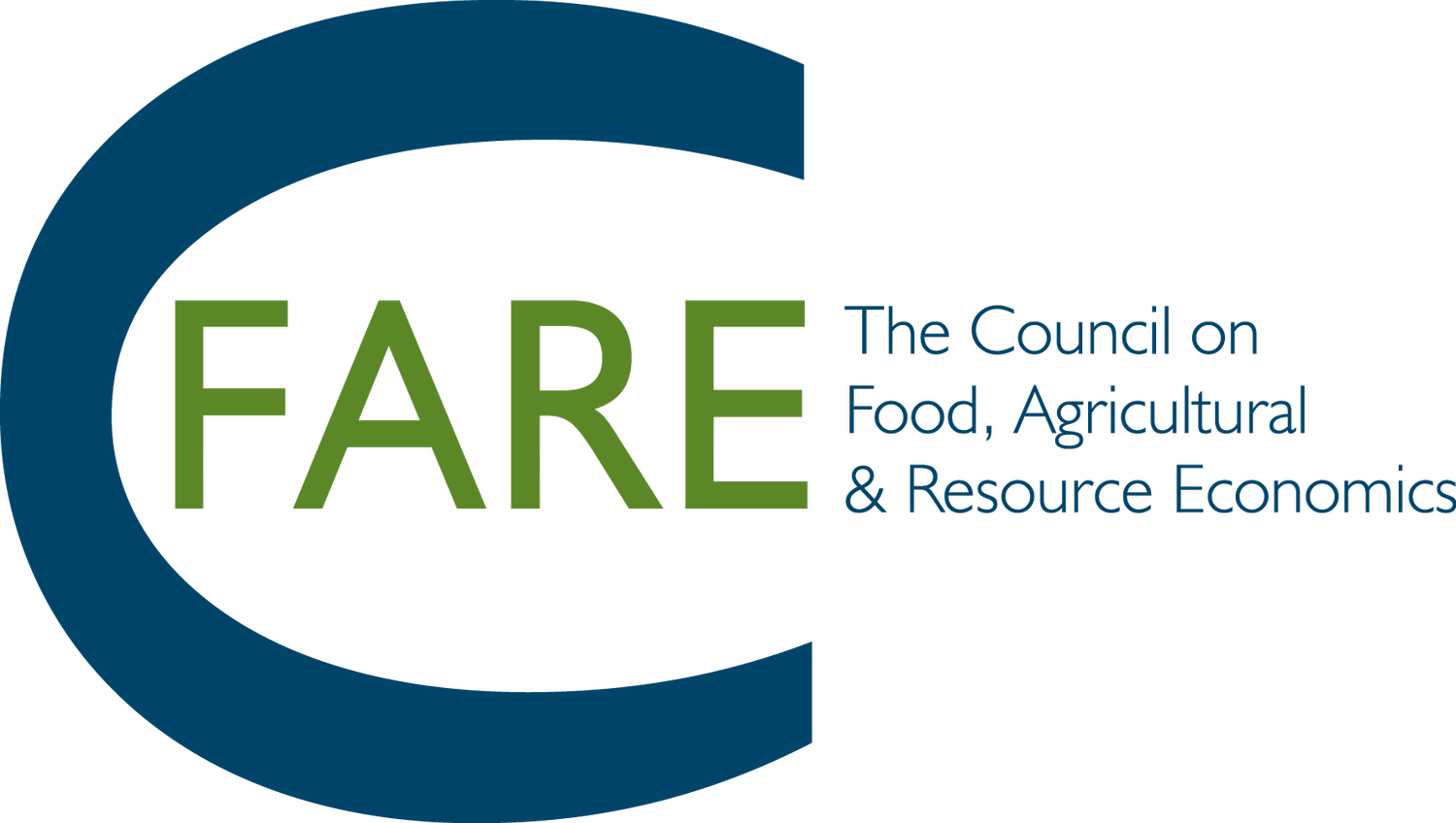The Value and Potential of a Circular Bioeconomy
David Zilberman, C-FARE Board Member and Professor at University of California, Berkeley
The Bioeconomy consists of all the sectors of the economy utilizing renewable natural resources to produce goods and services. Agriculture, forestry, and fisheries are obvious parts of the bioeconomy. For most of human history, the bioeconomy provided energy (e.g., wood for fuel, horses for transport). In contrast, modern economies are primarily powered by non-renewable fossil fuels, but the planet-warming effects of their emissions indicate the need for another transition. While solar and wind power are crucial in this process, they need help doing it. The bioeconomy could once again provide energy in addition to materials, chemicals, pharmaceuticals, and food. There may be concerns that expanding agricultural and forestry land to produce non-food products (e.g., biofuel) could raise the price of food. However, agricultural productivity in many parts of the world is far below its potential, and a temporary increase in food prices may lead to the adoption of more productive technologies. Biotechnology and precision farming tools can expand the bioeconomy, but we have yet to fully utilize their potential, partially because of heavy regulation. Expanding the bioeconomy will breathe new life into our farm sectors and increase earnings, leading to better management of rural resources.
We must make sure that the expanded bioeconomy itself is not a source of increased planet-warming emissions, pollution, and environmental side effects. Hence the need for a circular bioeconomy. This is a bioeconomy where production residues are reduced, reused, or recycled. The notion of circularity is familiar to agriculture; producers (e.g., livestock producers) have always sought to reduce waste from their operations by marketing byproducts and reducing waste. Still, we have a ways to go in improving circularity. Precision technologies can reduce waste, and creative product design can repurpose residues. Clearly, there is a need for more research on enhancing circularity and thus improving the performance of the bioeconomy. The circular bioeconomy provides opportunities for agriculture to become part of the solution for controlling climate change, enhancing biodiversity and food security, and improving rural livelihoods. Policy measures will be important for achieving the bioeconomy. They include support for research and development, training of the workforce, initial support for establishing new bioeconomy sectors, science-based regulations, incentives and regulations to control pollution from farming activities, and support for carbon sequestration.
